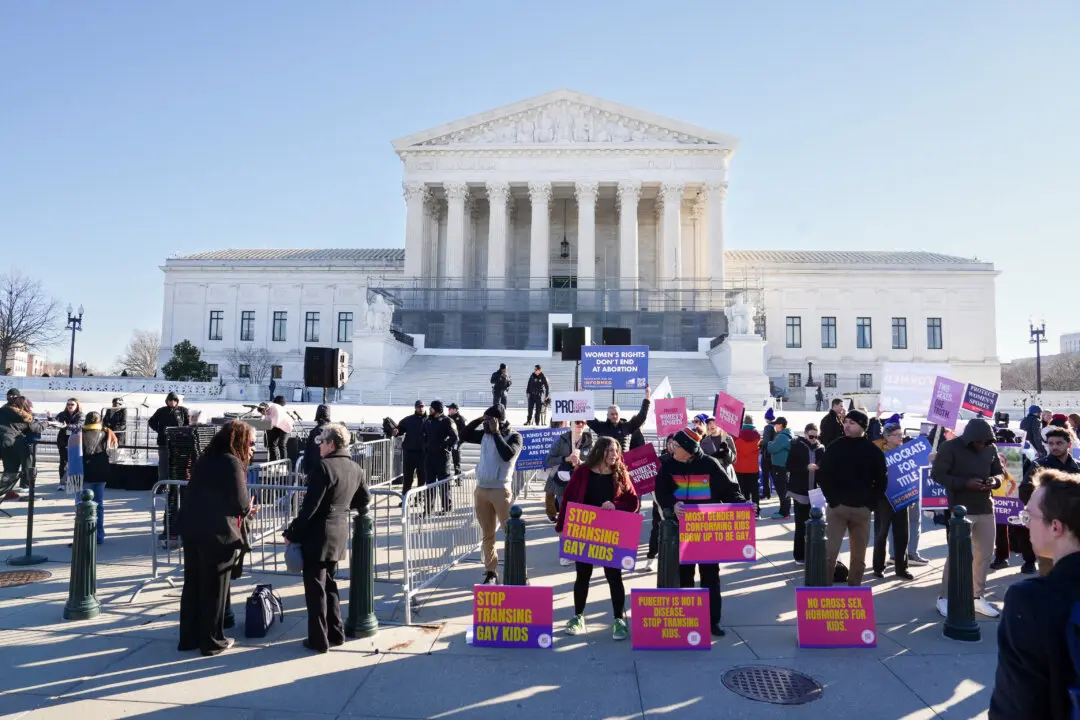CHINA—The trafficking of narcotics from countries in Central Asia, such as Afghanistan and Pakistan, into China is escalating. According to the South Metropolitan News, China’s Public Security Department estimated that yearly consumption of heroin in Urumqi city, Xinjiang province is currently at seven tons—up from one ton in the year 2000. In September 2006, a report from the United Nations Office on Drugs and Crime (UNODC) revealed that Afghan’s opium production this year will reach a record 6,100 tons, an increase of 49% from last year, which is 92 percent of the world’s total supply.
Afghanis call it “green gold;” as farmers can learn opium planting technology at school. Taliban armed forces, hiding in the vast mountains bordering Afghanistan and Pakistan, control the narcotics planting areas. They use US dollars and gold obtained from the farmers and drug dealers to purchase weapons, cover military expenses, and recruit more soldiers.
Heroin comes from Afghanistan
According to the report, executive officer Guan Yongsheng, of the US and the Urumqi City Disease Control Center (UCDCC) joint project, who has been investigating drug addicts and the narcotics trade for many years said: “Last year, in one drug bust, Urumqi seized 16 kilograms of heroin from Afghanistan. Previously, heroin mainly came from the golden triangle[1].”
“Xinjiang has 17 land ports of entry and its border stretches for a few thousand kilometers, so it is not easy to prevent drug traffickers.” He estimated that less than 10 percent of the smuggled drugs are ever seized. Most of the drugs smuggled from middle Asia pass through Xinjiang on their way to the underground markets in Guangzhou, Shenzhen, Beijing, etc.”
Expansion of the narcotics market has led to an increase in HIV rates
Guan Yongsheng said that as more and more Afghan narcotics are sold in Xinjiang, as they pass through the city, many marijuana users have now turned to heroin. The drug addicts call heroin from Afghanistan “Afghan tobacco” or “yellow powder.”
The report also revealed that not only is “Afghan tobacco” even stronger than the white powder from the golden triangle, drug dealers are selling it at a lower price in order to increase sales and expand their market.
Because drug users share injection needles, more and more are becoming infected with the HIV virus. Guan indicated as of June this year, the total number of HIV patients in Xinjiang was reportedly 16,000, of which 12,000 were drug users. Compared to Xinjiang’s population of 18 million people, the infection rate is far higher than all other provinces, cities, or districts in China. But in Urumqi, there are close to 10,000 known drug users, the majority of which inhale drugs or inject heroin.
Transporting ‘Afghan Tobacco’
“The Golden Crescent” adjoins the Xinjiang border where Afghanistan, Pakistan, and Iran meet. It got its name from the shape of the region, which looks like a crescent, and became famous for its bumper crops of high-profit opium and other narcotics.
Because of its favorable geographical position, Xinjiang has become one of the main centers through which narcotics from the golden crescent are transported.
A deputy chief from the Urumqi Public Security Bureau Anti-narcotics Force said: “Since 2005, the importing of narcotics from the golden crescent have shown a trend of rapid growth in China. Most of them come from countries in the central Asia region via goods transportation channels. Urumqi is a transfer post; major cities like Guangzhou, Shanghai, Hong Kong, Beijing, etc. are the final destinations. Certainly, the narcotics are also shipped up north into Russia and Eastern Europe, etc.”
A Pakistani Anti-narcotics Force official once revealed to the Chinese media that transnational drug traffickers often smuggle drugs from Pakistan to China using airplanes to avoid being searched by anti-narcotics departments, hiring different nationalities to disperse the drugs, and mailing packages.
Besides infiltrating drugs into China via Xinjiang’s eight bordering countries with 17 customs points, international flights in Urumqi airport have also become an “air corridor” for drug trafficking. To drug smugglers, using human bodies as carriers, international flights are undoubtedly faster and safer than land routes, which take a much longer time and pass through many more check points.
1. The Golden Triangle is an opium-producing area where the mountains of Myanmar (Burma), Laos, Vietnam, and Thailand converge.



